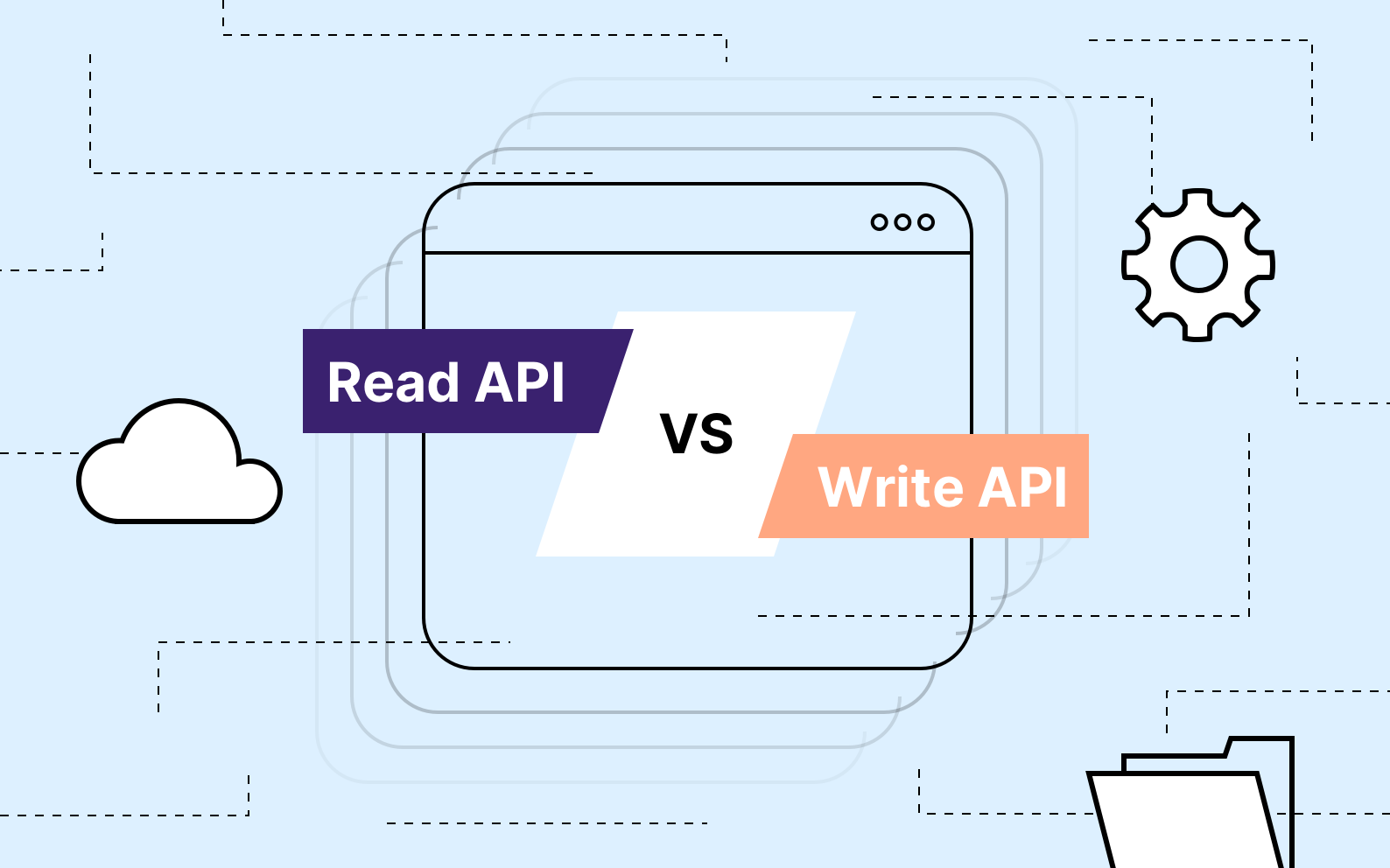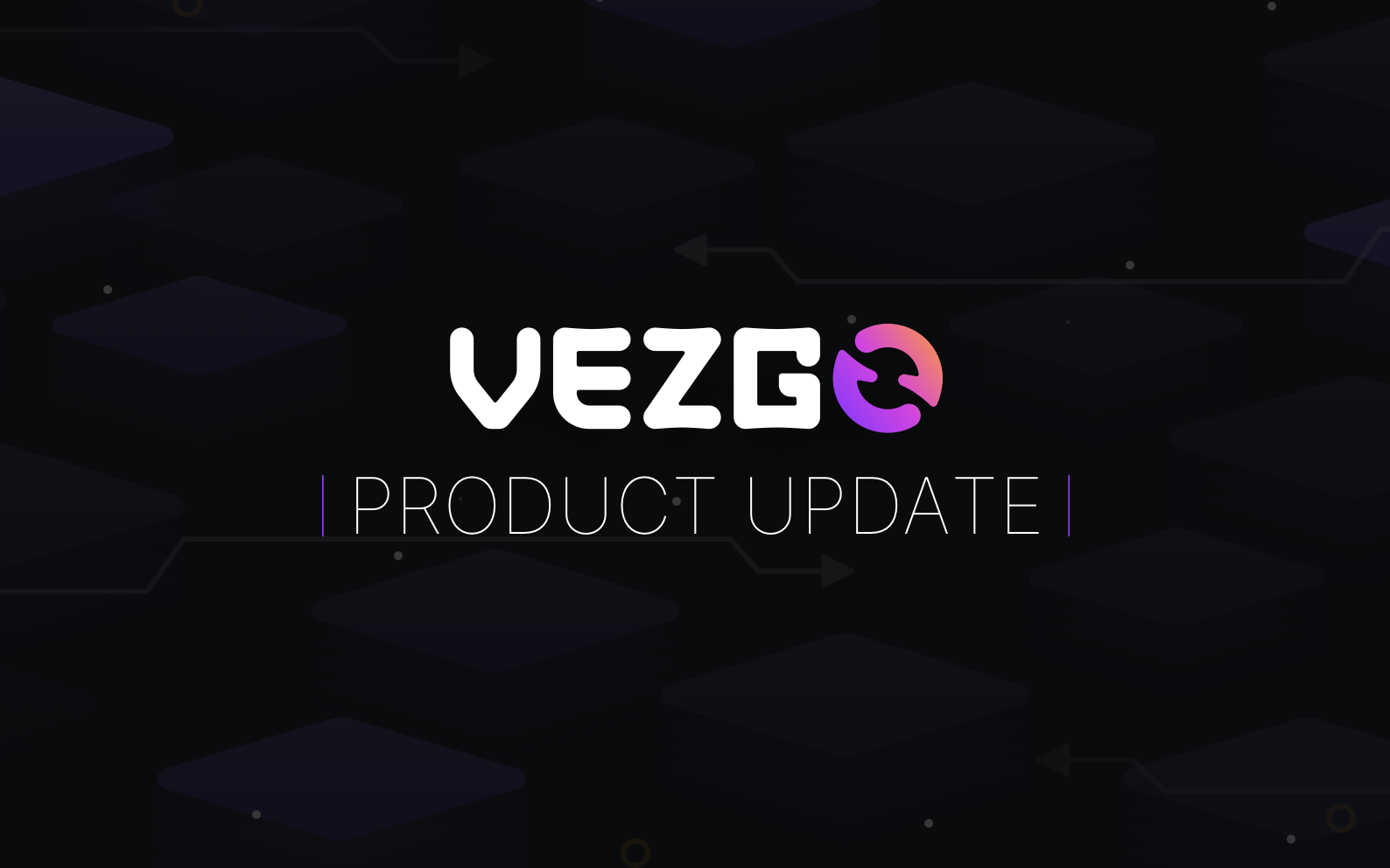
When it comes to software development, Application Programming Interfaces (APIs) are the unsung heroes that power the seamless exchange of data between different systems. They are the bridges that enable applications to communicate and share information.
However, these critical tools come in various forms. Some APIs are designed for reading data alone, while others are designed for writing data. This article will dive into the fascinating world of Read and Write APIs, exploring their similarities, differences, and use cases.
What are Read and Write APIs?

Read APIs, as the name suggests, primarily focus on retrieving data from a source. You can think of them as a window into a treasure chest of information. They allow you to look in, explore, and even take “snapshots” of what you see.
On the other hand, Write APIs are like the secret agents of the data world. Their mission is to make changes, update information, and even create new data in a target system. How are these two similar?
Well, these two software tools share some similarities in the following aspects.
- Data Exchange: Both types of APIs facilitate data exchange between different software systems. They are the secret sauce that enables applications to communicate effectively.
- HTTP(S) Protocol: Read APIs, like Write APIs, typically use HTTP or HTTPS as the communication protocol. This standardization ensures interoperability and widespread adoption.
So What Sets Read APIs Apart?
The quest for knowledge is a crucial difference between Read and Write APIs. Imagine you are in a library, surrounded by many books, each filled with valuable information. Read APIs are your librarian in this scenario. Their primary mission is to help you discover and retrieve data. The following are some distinct features of the Read API.
- Data Retrieval: The core function of a Read API is to retrieve data from a source. This data can be in various forms, such as texts, images, videos, or structured data like JSON or XML. These APIs are your go-to tool for extracting information from a remote system.
- Non-Destructive: Read APIs are non-destructive, implying that they don’t alter the data source they are connected to. When you use the Read API, you’re just peeking into the treasure chest without making any changes. It is like taking a book off the library shelf without writing in it.
- Information Discovery: Read APIs are excellent tools for discovering what is in a system. Whether you’re building a wallet app and need real-time user crypto data or creating a crypto trading platform that needs live market updates, Read APIs give you the keys to unlock a wealth of information.
- Reporting and Analytics: Businesses often use Read APIs to gather data for reporting and analytics. For instance, a trading platform marketing team might employ Read API to collect user engagement metrics from their website to finetune their marketing strategies.
- Search and Filter: Read APIs allow you to search specific data and filter results to suit your needs. For instance, a crypto exchange website may use a Read API to fetch available peer-to-peer traders based on user specificities, like location and asset pairs.
How About Write APIs?
Write APIs hold the power of transformation. They are like a mighty pen that can rewrite a story by a willing author; they have the power to modify, mutate, or completely change data. The following are some of the features that make Write APIs so compelling.
- Data Modification: The primary purpose of a Write API is to modify existing data in a target system. This could involve updating user profiles, changing inventory levels, or editing client orders. Write APIs are the editors of the data world.
- Data Creation: Write APIs can also create new data entries in a system. For instance, when you post a comment on a crypto forum or create a new wallet in your listings, you use Write APIs to add information to a database.
- Data Deletion: Just as they can create and update data, Write APIs also have the power to delete data from a system. Deleting a comment on a forum or removing an item from an online shopping cart are typical examples of Write APIs at work.
- Workflow Automation: Write APIs are invaluable for automating business processes. They allow systems to interact with one another, ensuring that data is transferred accurately and efficiently. For instance, a Write API can automatically update records when a transaction is successful.
- User Interaction: Many applications and platforms require user interactions that result in data changes. Write APIs are the silent enablers behind actions like sending messages, making requests with a support team, or submitting forms on websites.
Use Cases of Read and Write APIs
Now that we have explored the unique characteristics of Read and Write APIs, let us quickly touch on their specific use cases.

Read API Applications
Here are some Read API use cases:
- Data Aggregation: Read APIs are invaluable for aggregating data from various sources. Crypto data aggregators, for instance, use Read APIs to pull user data points, trading volumes, and market depth into a single feed. The Vezgo API is a perfect example of a Read API that allows you to aggregate crypto portfolio data from over 300 exchanges, wallets, blockchains, and NFTS.
- Real-time Information: When you need real-time data, such as crypto asset prices, volumes, or current rates, Read APIs come to the rescue. They continuously fetch the latest information from the source.
- Content Consumption: Content-focused applications like crypto blogs, forums, and streaming services utilize Read APIs to display posts, articles, videos, and more to users, such as the one enabling you to consume this piece.
- Data Analysis: Businesses can use Read APIs to access real-time and historical data for in-depth analysis. For instance, a retail company may use them to analyze customers’ purchase patterns.
- Search Engines: The backbone of search engines, Read APIs crawl the web to index and retrieve information, ensuring you get the search results you need.
Write API Applications
- User Account Management: When users sign up, change their passwords, or update their profiles on websites or apps, Write APIs are used to modify user data securely.
- E-commerce Transactions: Write APIs play pivotal roles in processing e-commerce transactions. They handle tasks like adding items to a shopping cart, processing payments, and updating inventory.
- Data Integration: Write APIs are essential for integrating different software systems. They enable seamless communication between various applications, such as connecting a CRM system with an email marketing platform.
- Workflow Automation: Businesses use Write APIs to automate repetitive tasks and workflows, such as sending automatic response inquiries or updating customer records in a CRM.
- Social interactions: Social media platforms rely heavily on Write APIs to enable users to post status updates, photos, comments, and other interactions with their network.
Choosing the Right API for Your Project

Now that you understand the differences and use cases of the Read and Write APIs, how do you choose the right one for your project? Here are some important considerations.
You can start by assessing the needs of your project. Do you primarily need to retrieve data or require data modification and interactions with external systems? Let your project requirements guide your choice. Also, consider the flow of data within your application. If it is mainly one-way, where you consume data from an external source, a Read API may suffice. Write APIs are essential if they involve data creation, updates, and bank-and-forth interactions.
In addition, determine whether you have control over the data source. If you own the source, you can implement both Read and Write APIs more flexibly. However, your options may be limited if you are working with third-party data. Also, consider the security implications. Sometimes, your application may need to handle sensitive data or financial transactions, making choosing the suitable API with robust security features compelling.
Finally, think about the scalability of your project. If you envisage a need for real-time updates and two-way communication as your user base expands, a combination of Read and Write APIs might be the best choice.
Wrapping Up
Understanding when to use each type of API is crucial for building efficient and effective applications. Read APIs are ideal for data aggregation, real-time information retrieval, and content consumption. Write APIs, on the other hand, shine in user account management, e-commerce transactions, and social interactions.
However, it is essential to recognize that many applications benefit from a combination of both Read and Write APIs to deliver comprehensive, data-driven experiences. Like partners in a dance, these APIs work seamlessly together to create a holistic and interactive user environment.





Leave a Reply